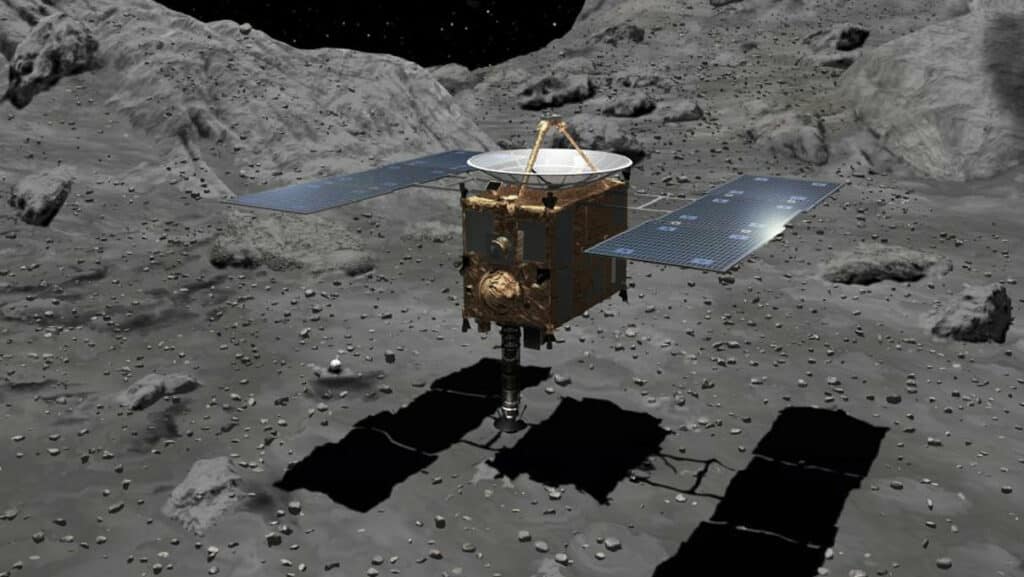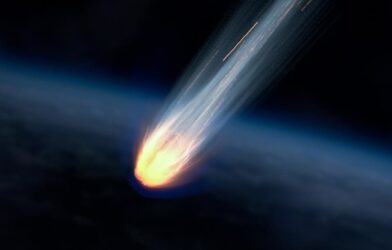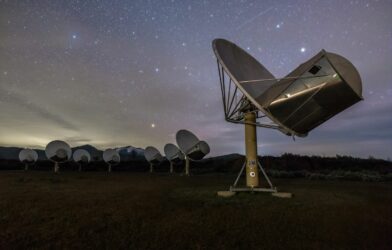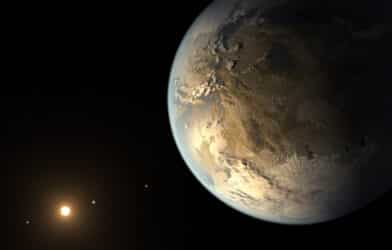A remarkable finding by researchers at the University of Arizona Lunar and Planetary Laboratory has turned sodium chloride, commonly known as table salt, into an intriguing mineral. Tiny salt crystals discovered in an asteroid sample have provided evidence of liquid water’s presence, leaving scientists excited about the implications. What makes this discovery even more fascinating is that the sample comes from an S-type asteroid, a type that is generally thought to lack water-bearing minerals.
The findings reignite the hypothesis that asteroids played a crucial role in delivering water to Earth during its early stages.
The study’s senior author, Tom Zega, and lead author Shaofan Che, both from the Lunar and Planetary Laboratory, conducted a detailed analysis of samples collected from the asteroid Itokawa during the Japanese Hayabusa mission in 2005. The study is the first to confirm that the salt crystals originated on the asteroid itself, ruling out the possibility of contamination after the sample’s arrival on Earth.
“The grains look exactly like what you would see if you took table salt at home and placed it under an electron microscope,” Zega said in a media release. “They’re these nice, square crystals. It was funny, too, because we had many spirited group meeting conversations about them, because it was just so unreal.”
Itokawa, the asteroid from which the samples were taken, belongs to a group called ordinary chondrites, accounting for about 87% of meteorites found on Earth. These meteorites are generally not associated with water-bearing minerals. However, the discovery of sodium chloride within the crystals challenges previous assumptions and suggests that this population of asteroids might contain more water than previously believed.
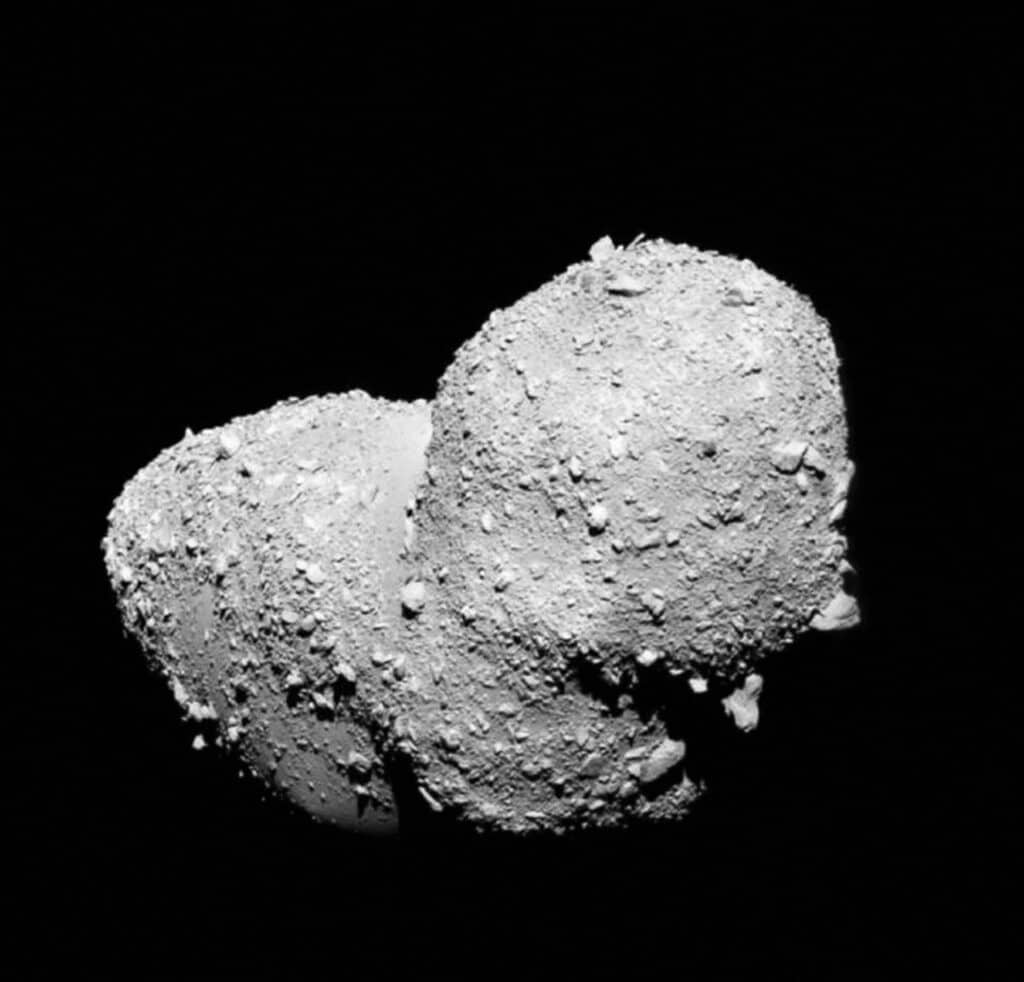
According to the prevailing theory, Earth and other rocky planets formed in the inner region of the solar nebula, where temperatures were too high for water vapor to condense. Therefore, water had to be delivered from the outer regions, where lower temperatures allowed water to exist in the form of ice. The most likely sources of this water were comets or C-type asteroids, which migrated inward and delivered their watery cargo through impacts on the young Earth.
The presence of water in ordinary chondrites, which reside closer to the sun than their “wetter” counterparts, challenges previous explanations for water delivery to Earth during its early development.
The study analyzed a minute dust particle from the sample, approximately twice the diameter of a human hair, which was carefully prepared and examined. The researchers used various techniques to rule out contamination as the source of the sodium chloride. They compared before and after photos of the sample, which showed no changes in the distribution of the salt grains. Additionally, control experiments on terrestrial rock samples confirmed the native presence of sodium chloride in the Itokawa sample.
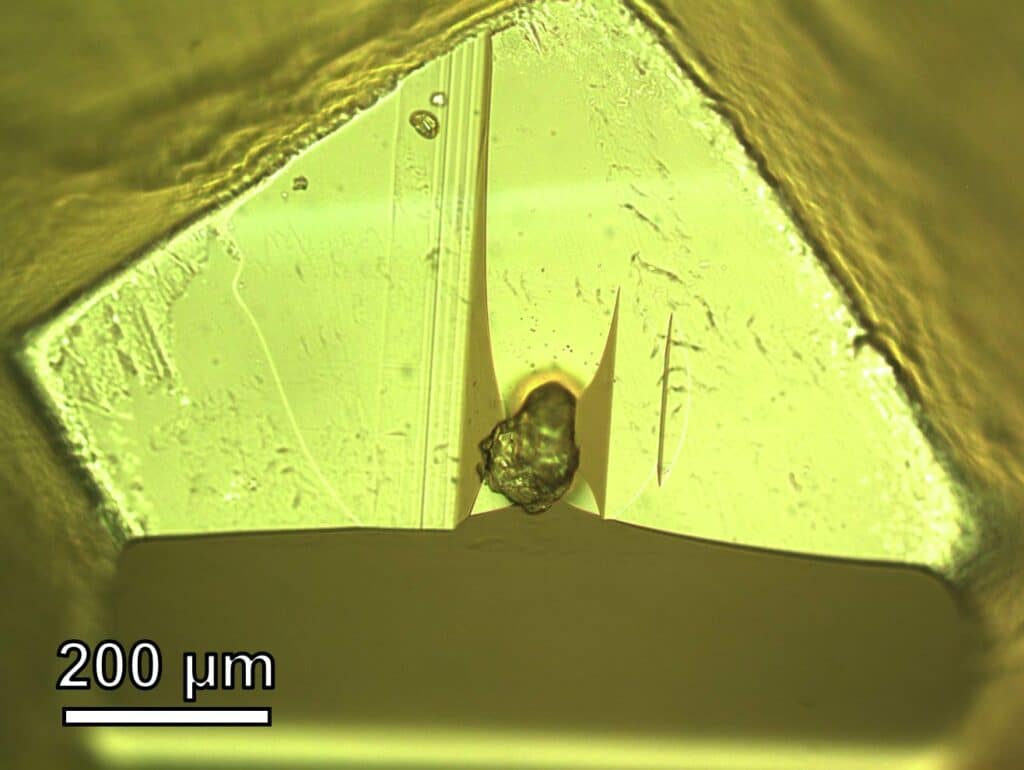
Zega emphasizes that while tons of extraterrestrial matter enter Earth’s atmosphere daily, only a small portion survives to reach the surface. Large enough rocks are needed to withstand atmospheric entry and deliver water to Earth.
This finding supports previous studies that propose a mechanism for water molecules in the early solar system becoming trapped in asteroid minerals and surviving impacts on Earth. The discovery of salt crystals in the Itokawa sample bolsters the plausibility of the theory that asteroids played a significant role in delivering substantial amounts of water to our planet.
The peculiar shape of Itokawa, resembling a peanut, suggests that it broke off from a larger parent body. It is possible that frozen water and hydrogen chloride accumulated on Itokawa, and hydrothermal processes involving liquid water sustained within the asteroid. Over time, the parent body fragmented into smaller pieces, leading to the formation of Itokawa.
Zega concludes that the evidence points to the salt crystals existing since the early stages of the solar system. Veins of sodium-rich silicate minerals found in the sample provide further support for the presence of water on the asteroid.
The study is published in the journal Nature Astronomy.
